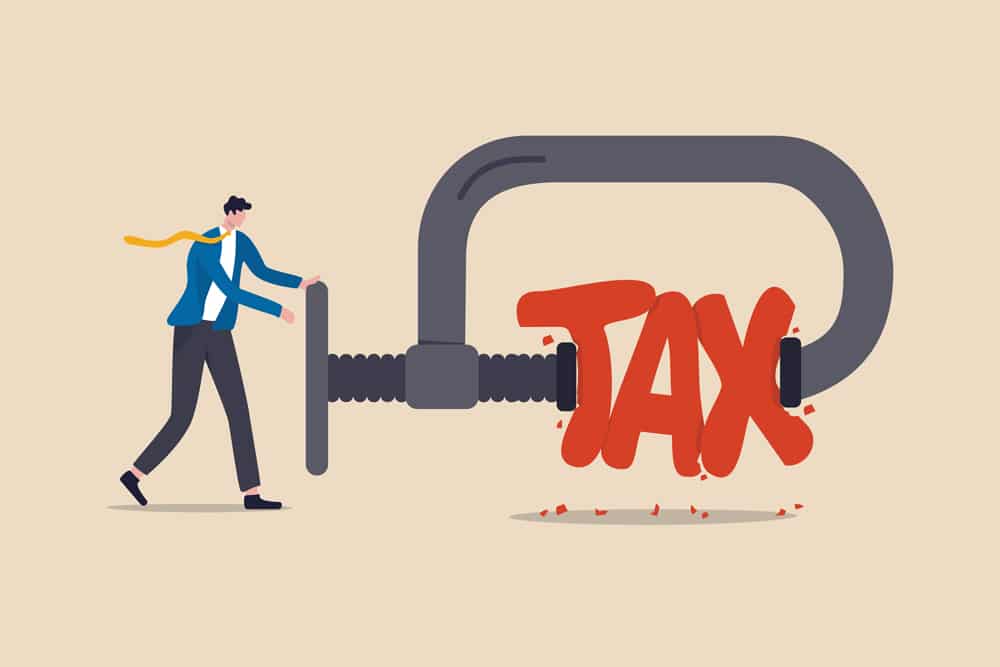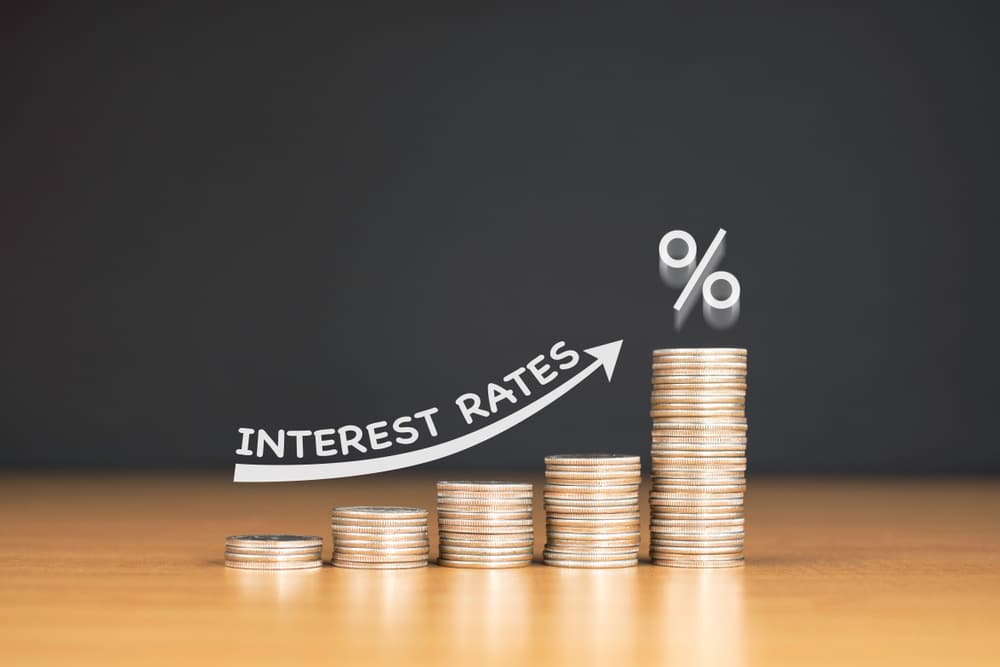
The Secret Behind Buying A Winning Property
Buying a winning property and creating a deal that, as we say in the industry “stacks up,” takes endurance and commitment so don’t rush into anything.
Most real estate is sold in the market to illiterate buyers who are impatient, emotional and who consider themselves too time-poor to show persistence and conduct proper due diligence.
Crunching deals will allow you to view real estate in a whole new light and will establish the real ROI of your investment.
When you analyse a deal, it is wise to take it through the following steps to ensure you have a basic level understanding of the property itself and how it fits into its environment.
FEASIBILITY RULE NO#1: RETURN ON DEPOSIT
Cash on cash is a term all investors should acquaint themselves with when they analyse a deal. The return on deposit percentage gives you the most accurate indicator of how fast you can do this. Here, your goal is to ensure your capital is in and out of the market within two years at the latest.
For example, if you were to put $30,000 in the market, accumulate the asset and achieve growth over 12 months to gain a further $30,000, this is considered to be a 100 per cent cash on cash return.
To put even more simply, if you had $30,000 in the bank and at the end of 12 months you had your original $30,000 plus another $30,000, you would have a pretty good deal.
Cash on cash is the same principle, only it’s achieved through the property market. It allows you to secure and retain your asset, but still have a readily available deposit to fund a new investment.
FEASIBILITY RULE NO#2: PROPERTY FINANCE
Make sure you understand what the typical finance requirements for the area are.
It is important to note that mortgage insurers and banks have classifications for various areas in the property market regarding how risky they believe the particular property market actually is and they will adjust their maximum lending criteria based on their risk rating.
The reason why they do this is they are simply protecting themselves as a business in case someone they approve a mortgage for fails to make repayments and then the bank is forced to take the property back and sell it on the local market to reclaim their monies.
If a particular market is very flat or does not look desirable the bank may ask you to put more skin into the game so to speak by lowering their maximum loan to value ratio to 80 per cent for example.
Properties can often look wonderful until you consider how much capital is required as a deposit. You need to run feasibility on lending when you are buying.
FEASIBILITY RULE NO#3: MARKET VALUE
To determine the sale-price range of properties in a particular area, it’s best to organise them by price.
This will identify the lowest priced property compared to others in the suburb which establishes a guide for how much discount to seek or when to walk away. If a property is priced well below others in the area, asking for a discount is not necessary. The best thing to do is snap it up! Money will be made “on the way in” due to good research and knowledge of the market.
FEASIBILITY RULE NO#4: THE RETURNS
Running the numbers is of huge importance. A property could look great on the surface, but until you measure the rental return, the outgoings and associated costs, you won’t know how much the true cost is per week.
No more than 30 per cent of the property income should be lost to outgoings and rents should be no lower than four per cent return at a bare minimum.
The property will still need further clarification, but as a rule, you never want to be too negative with property as it will drop its serviceability, leaving your wage or income to be the major contributor to the property’s upkeep.
This will often lead to being stuck and unable to buy again.
START WITH A PLAN
Before you buy, you should have a plan in place that guides you on what to buy, where and for how much. Your plan should also include the next steps to build out your portfolio and the experts you’ll need on your team to ensure your success is sealed.
Get started on your property investing plan at one of our free property investing seminars.
Here you’ll discover the most crucial components you’ll need to consider when building a booming property portfolio.
Recent Articles
How To Create A Step By Step Property Plan
To succeed as a property investor, there is one fundamental component you need – a plan. You need a plan that leaves no bases uncovered that would potentially cause issues in the future. Don’t have a plan? Well, you can use my basic road map!
Is Buying Off The Plan Right For You?
Buying off the plan can be a great purchasing strategy for property investors because it allows us to create equity for a small amount of money upfront.
In this article we explore what buying off the plan is, and what factors you need to consider in order to go through the process smoothly.
The Ultimate Location Rulebook For Buying Property
Within any market – primary or secondary, there are indicators of the market’s ability to perform. When we understand what these market drivers are, we can organise our investment properties into locations that are primed for growth. The ‘Location, location, location’ is actually derived from more than just a post-code. These buying factors are split up into two groups – macro drivers and mirco drivers…
1 Deposit, Multiple Properties – Here’s How!
Buying an investment property and growing a portfolio that is going to generate long-term wealth is a discipline of business. In basic terms, this means you have to have a clear understanding of how you’re going to maximise your profits. Because of this, every investor needs to be able to develop a cash on cash strategy to help bank roll their property endeavours to ensure they have a functional and profitable business model.
How To Accelerate Wealth Creation Through Real Estate
Wealth is a habit; and rich people have the habit of living well. They pass that on, they teach, share, network and help each other. The fact remains, those you surround yourself with, do have a high impact on your ability to create and sustain wealth.
The 3 Golden Rules Of Lending
Lending money to invest in real estate binds property investment together. Without taking on debt or risk, the average person will seldom advance financially in life. Without borrowing money, we as investors would be limited and completely stuck.
It’s important that lending is discussed, and investors recognise and understand the best type of investment loans. Here are three very simple rules to follow when borrowing funds for investing.
How To Claim Back 78 Per Cent Of Your Tax!
There are ways to reduce how much tax you actually pay in order to keep more cash in your pocket – the golden word – property investment. You see, owning real estate in Australia can be very tax effective. This is how you can minimise the amount of tax you are liable to pay.
How To Prepare for a Rise in Interest Rates
Smart property investors know that it’s dangerous to get too comfortable. Real estate is an ever-changing thing. Markets go up, down and plateau – and so do interest rates. The question is, how prepared are you for a Rise in Interest Rates? The key is being ready to use these strategies.
3 Ways a Property Investor Will LOSE Money!
There are many ways you can win big by investing in real estate. Equally, if you lose sight of the basics, you’ll end up losing something much worse – money! No one sets out on their property journey to go backwards financially, so take note of these three common mistakes that investors often make, because if you don’t, it may cost you in the long run. Here are 3 ways an investor can lose money…












